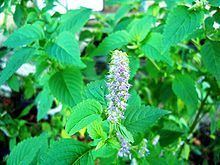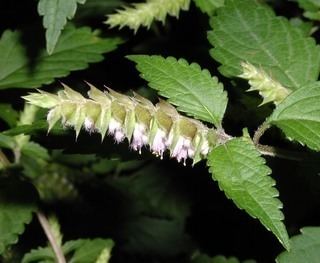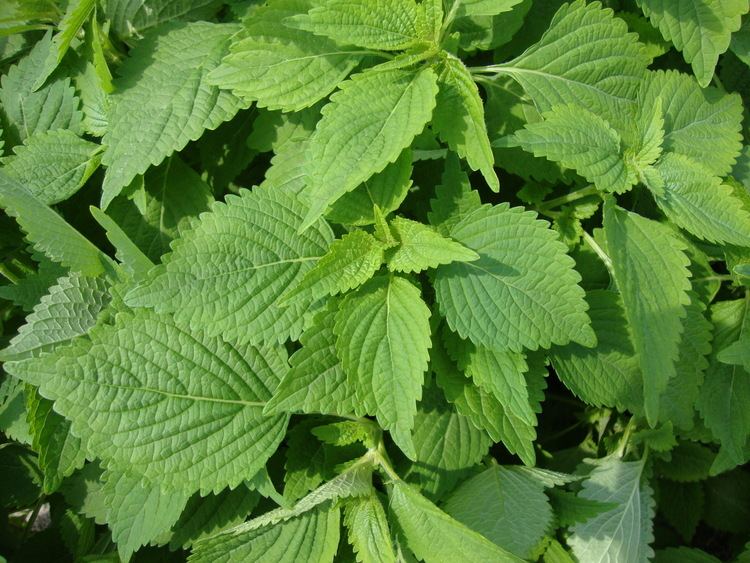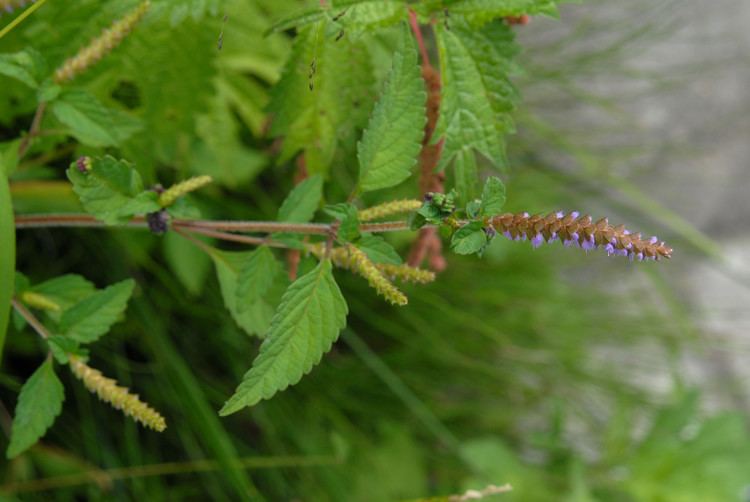Rank Species | Genus Elsholtzia Higher classification Elsholtzia | |
 | ||
Similar Beefsteak plant, Vietnamese coriander, Elsholtzia, Culantro, Mugwort | ||
Octonary ingredients of elsholtzia ciliata formulations pankaj oudhia s medicinal plant database
Elsholtzia ciliata, commonly known as Vietnamese Balm or kinh giới in Vietnamese, is a plant native to Asia.
Contents
- Octonary ingredients of elsholtzia ciliata formulations pankaj oudhia s medicinal plant database
- Elsholtzia ciliata
- Distribution
- Description
- Uses
- Culinary
- Medicinal plant
- Cultivation
- References
Elsholtzia ciliata
Distribution
The plant is native to Asia. However, the exact extent of its original range is unclear.

Today it is found through much of India, eastern Asia, and Europe. It grows throughout Nepal at elevations of 1500 to 3400 m.
Description

Elsholtzia ciliata is an erect herb that grows to about 60 cm in height. The leaves are long, stalked, and serrated, and reach 2 to 8.5 cm in length and .8 to 2.5 cm in width. In shape they are ovate to lanceolate, with a gland-dotted underside.
Flowers of a purple color bloom in flat spikes in September and October. Seeds propagate within them.
Uses
Elsholtzia ciliata has many cultural uses.
Culinary

It is used in Vietnamese cuisine, where it is called rau kinh giới or lá kinh giới. The seeds are sometimes powdered and used for flavoring food.
Medicinal plant

Elsholtzia ciliata inhibits mast cell-mediated allergic inflammatory reactions. Additionally it is common in herbal medicine, as it is carminative and astringent.
Cultivation

It is cultivated as an ornamental plant. It prefers moist soil, and grows mostly on exposed rocky slopes and other open, gravelly areas.
It was first reported in the Americas as a weed in 1889.


